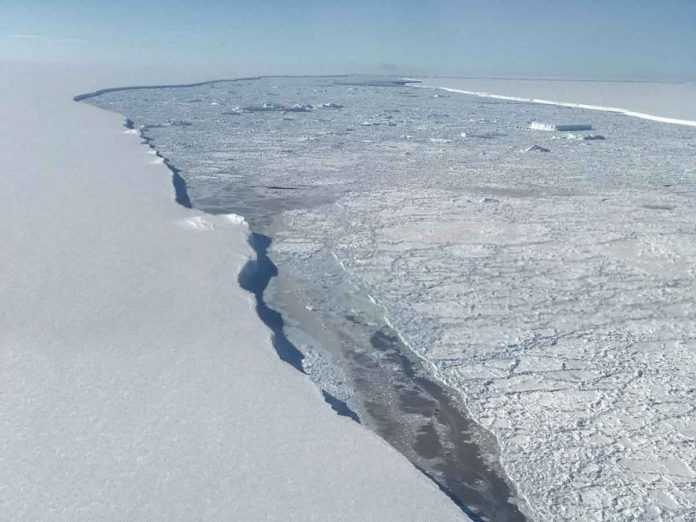According to a British study published Wednesday, if global temperatures rise more than 2°C, the world’s largest ice sheet could cause “several metres” of sea-level rise over centuries.
Durham University researchers concluded that if global greenhouse emissions remain high, the melting East Antarctica Ice Sheet (EAIS) could cause a nearly half-meter rise in sea level by 2100. Their findings were published in the prestigious scientific journal Nature.
If emissions continue to rise, the EAIS could contribute one to three metres to global sea levels by 2300, and two to five metres by 2500, according to the researchers.
According to the assessment, if emissions are drastically reduced, EAIS could contribute around two centimetres of sea level rise by 2100.
This would be far less than the expected ice loss from Greenland and West Antarctica.
“The fate of the East Antarctic Ice Sheet remains very much in our hands,” said lead author Chris Stokes of Durham University’s Department of Geography.
“This ice sheet is by far the largest on the planet, containing the equivalent of 52 metres of sea level, and it is critical that we not rouse this sleeping giant.”
“Restraining global temperature increases to less than the 2°C limit set by the Paris Climate Agreement should mean that we avoid the worst-case scenarios, or even halt the melting of the East Antarctic Ice Sheet, and thus limit its impact on global sea level rise,” he added.
Simulations on computers
The study did state that the worst-case scenarios were “very unlikely.”
At the 2015 United Nations Climate Change Conference in Paris, world leaders agreed to keep global warming well below 2°C and to pursue efforts to keep the rise to 1.5°C.
When making their predictions, the research team, which included scientists from the United Kingdom, Australia, France, and the United States, examined how the ice sheet responded to previous warm periods.
They ran computer simulations to see how different levels of greenhouse gas emissions and temperatures would affect the ice sheet in the years 2100, 2300, and 2500.
They discovered evidence that three million years ago, when temperatures were 2-4°C higher than today, a portion of the EAIS “collapsed and contributed several metres to sea-level rise.”
“Even as recently as 400,000 years ago—not that long ago on geological timescales—there is evidence that a portion of the EAIS retreated 700 kilometres inland in response to only 1-2 degrees Celsius of global warming,” they added.
The sheet, according to Nerilie Abram, a co-author of the study from the Australian National University in Canberra, “isn’t as stable and protected as we once thought.”

